SDG Graph

Was working on a webgl movie for the WHO on the 'connectedness' of the SDGs, when Mr. daddy longlegs entered my screen.
TSF
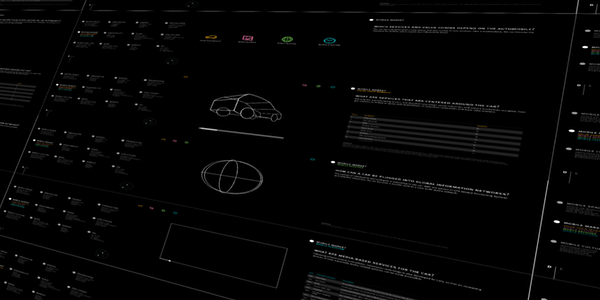
Replaced the trusty TS1, TS2 and TS3 from the mobiglobe installation today.
Mixed feelings. Those apps have been in production for almost a decade... RIP.
The new? A lightweight electron (HTML5 + javascript) app,
fully integrated with Unity Studio's MobiCore, Art+Com's monitoring and Uthelm's OS X magic.
What is it? Well, it works in tandem with the DSF to display the Mobiglobe Facts content, where the Unity-powered DSF displays the content and the TSF facilitates navigation, interaction and 'read more'-type information.
Gro

The thrive project, developed with Kanda this winter, has been released to the (Danish) AppStores!
This is a pilot release for Region Midt, released as "Gro" (Danish for 'growth'), utilizing a subset of the Thrive platform.
Good!
Freeform

A series of concept-sketches for audio-reactive graphics for Jason's Freeform music service.
StudyQuiz
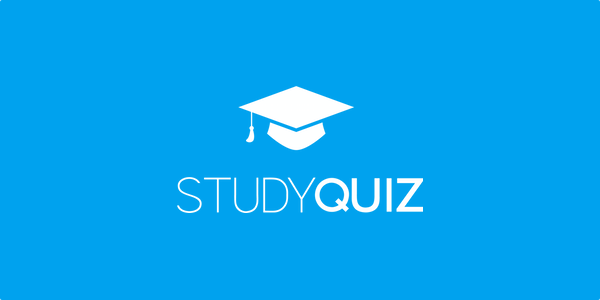
I have been doing some contract work with Kanda this fall, and had the pleasure to time-travel back to the 00's to work with the LAMP stack again :)
Yes, PHP. I helped out with the admin panel, the establishment of a more robust infrastructure and service consolidation.
There's now three digitalocean VPS's in play (dev, staging and production), SSL (A) via SSLMate and a node.js latex-to-pdf microservice.
Studyquiz is a sweet quiz platform deployed to numerous universities in Denmark.
Autogenerate iOS apps

Just shipped a bash script that generates iOS applications!
(Its part of the Mobiglobe opertations backend)
Red-Dot Grand Prix Award
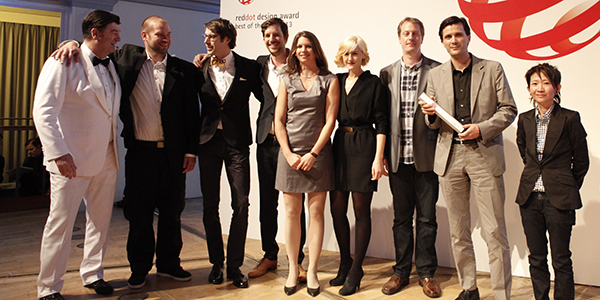
Our Mobiglobe project has won the Red-dot Grand Prix in the category Communication Design > Interface Design :-)
I will let the award celebrate both the success of the interactive visual interface design as well as the highly engaging and open interface the project established between the Autostadt and the visitor.
Statement by the jury
"MobiGlobe compiles an enormous amount of complex data on the topic of worldwide mobility and makes them accessible on media walls and on interactive stations in such a way that the content is very easy to understand. Users navigate either by touching or through gestures and thus are able to gain insights into top issues of our times presented in an exciting and impressively visualised approach." From the project entry page at red-dot.de
Team picture, from left:
Prof. Dr. Peter Zec (initiator and CEO of Red Dot)
Jørgen Skogmo (base.io, thats me)
Lucas Krupp (HHMS)
Christoph Frei (CHKY)
Isabelle Bentz (HHMS)
Marija Blagojevic (HHMS)
Allan Kirkeby (Unity Studios)
Markus Schaefer (HHMS)
Kelley Cheng (Judge)
Generative drawing
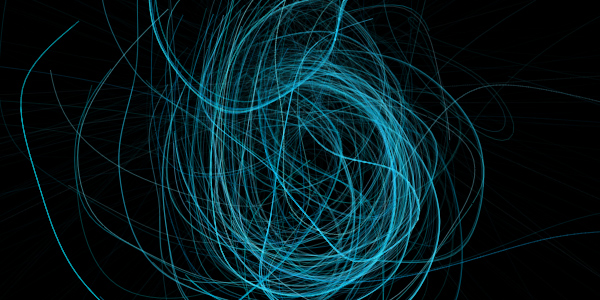
Im absolutely incredibly happy about a small project im currentlty working on with 1508: I have been asked to generate a animation thats basically about soft smooth lines that gracefully animate in sweet curvy lines - thinking back of the silent nights in Kolding where Patrik, Mikkel and I could sit doing just this for hours... the tech stack surly has changed but this is just joy!
Finalizing MobiSpace
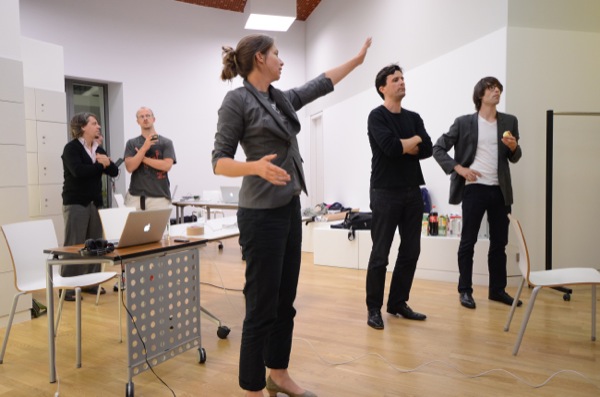
On-site in Autostadt with the MobiSpace team, from left:
Ramon De Marco, Asger Dam Hoedt, Isabelle Bentz, Markus Shaefer, Lucas Krupp.
Porsche Pavilion
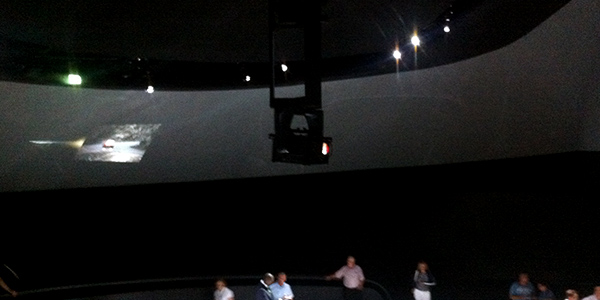
The impressive, newly opened, Porsche Pavilion in Autostadt, follows a clear design direction
presenting a Simplistic, Majestic and Grand experience to the visitors.
The Pavilion is Designed by Henn Architekten (architecture) and HG Merz Architekten (presentation).
The building is virtually free from items that would get in the way of the main communication strategy:
to show the evolution of the Porsche (car) design, from the early 1930's to today.
The exhibition is made up of three parts:
scale models, placed on a sloping plane towards
current models ()
and wrapped in a projection on a 360° band near the ceiling.
The projections constists of stillimages and movies, not too spectacluar, but the 360° part is projected by a Projector mounted on a MovingHead - a technology pionered by me/shiftcontrol in 2010 :-)
(image credit:Porsche)
three.js test
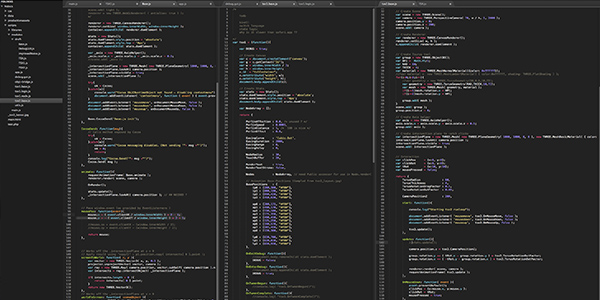
Work has begun on a new platform for some of the 'control surface' parts of the mobiglobe project.
Did some tests using three.js and dat.gui, using the awesome sublime text 2 editor.
T-Shirts!
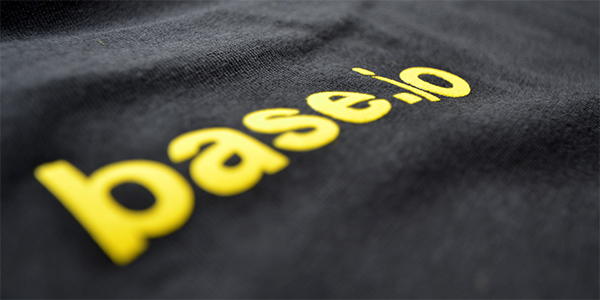
Received the new base.io t-shirts today!
Ordered 3 different types from SPRD:
- Golden-yellow with Flock-print
- Classic-yellow with Flex-print
- Black with Flock-print
The Flock-print, especially when it contrasts the textile color is awesome.
Server setup
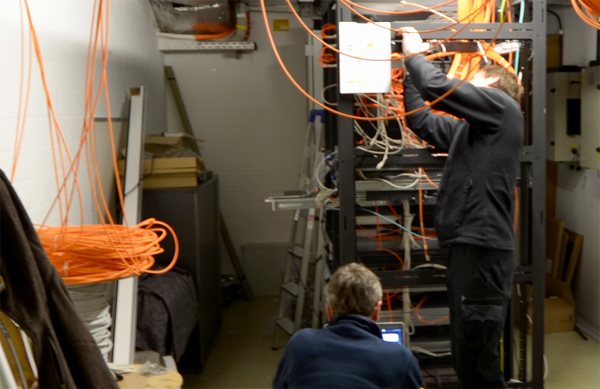
Rasca Gmelsh (Art+Com) and Gregor Langer (Steelworks) setting up the servers for Mobiglobe iPad and Spheres in the basement of Autostadt's KundenSenter
Microtiles

Complete test-kit established at Nordsound.
54 Christie Microtiles powered by an AMD V9800 (resolution equivalent to 6 Full HD screens - as one!).
Unity running at 60 FPS :-)
MobiSphere Construction
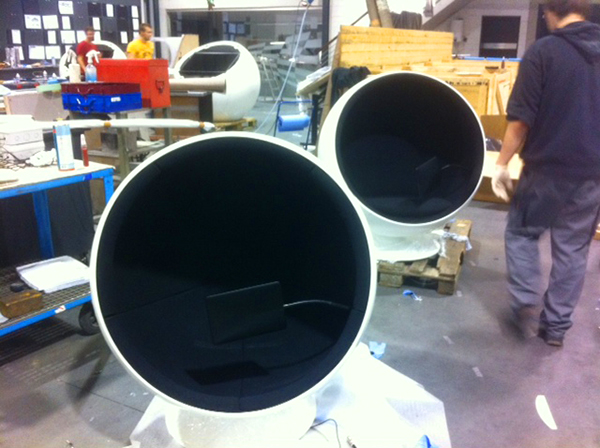
The lovely Spheres made by Steelworks is nearing completion!
First installment in two days :-)
Sound workshop

Ramon (Ide Und Klang) is doing the sound design for (the upcoming) Mobiglobe Space project - here, his studio in Basel.
Revival

Old friend (and student) Konstantin Weiss has joined Information Architects, and is working with us on the "corporate visual identity" and web for Mobiglobe. Sweet how social circles sometimes meet.
Making things
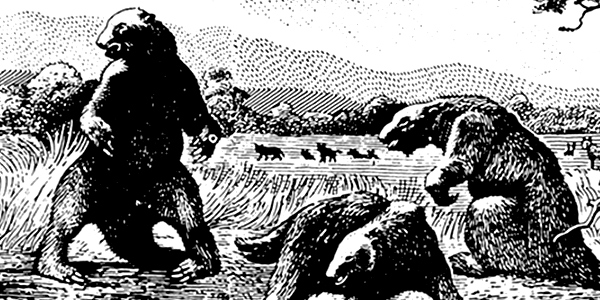
Found this inspiering little snippet the other day, felt it captured why I keep finding intrest in programming.
Quote From The Mythical Man-Month: Essays on Software Engineering by Frederick P. Brooks, Jr.
"Why is programming fun? What delights may its practioner expect as his reward? First is the sheer joy of making things. As the child delights in his mud pie, so the adult enjoys building things, especially things of his own design. I think this delight must be an image of God's delight in making things, a delight shown in the distinctiveness of each leaf and each snowflake.
Second is the pleasure of making things that are useful to other people. Deep within, we want others to use our work and to find it helpful. In this respect the programming system is not essentially different from the child's first clay pencil holder "for Daddy's office."
Third is the fascination of fashioning complex puzzle-like objects of interlocking moving parts and watching them work in subtle cycles, playing out the consequences of principles built in from the beginning. The programmed computer has all the fascination of the pinball machine or the jukebox mechanism, carried to the ultimate.
Fourth is the joy of always learning, which springs from the nonrepeating nature of the task. In one way or another the problem is ever new, and its solver learns something: sometimes practical, sometimes theoretical, and sometimes both.
Finally, there is the delight of working in such a tractable medium. The programmer, like the poet, works only slightly removed from pure thought-stuff. He builds his castles in the air, from air, creating by exertion of the imagination. Few media of creation are so flexible, so easy to polish and rework, so readily capable of realizing grand conceptual structures. (As we shall see later, this tractability has its own problems.)
Yet the program construct, unlike the poet's words, is real in the sense that it moves and works, producing visible outputs separately from the construct itself. It prints results, draws pictures, produces sounds, moves arms. The magic of myth and legend has come true in our time. One types the correct incantation on a keyboard, and a display screen comes to life, showing things that never were nor could be.
Programming then is fun because it gratifies creative longings built deep within us and delights sensibilities we have in common with all men."
Where is your music coming from?
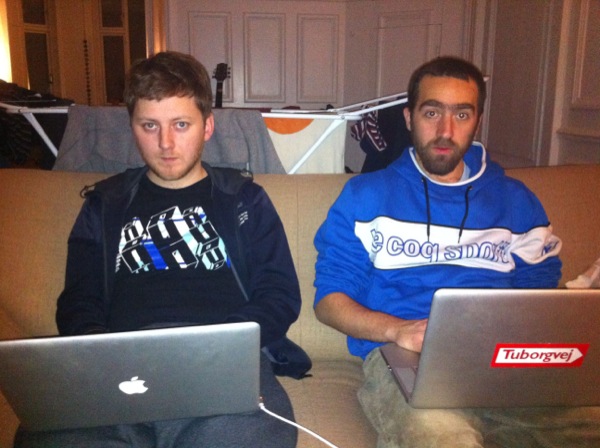
One night at Marcin's pad in Copenhagen, we started to talk about how our individual culture really was a product of what we had been exposed to.
Marcin was playing with Dean's Plask framework for a project for the Roskilde Festival, and somehow we got the idea to visualize our music libraries (iTunes at that time), and create a visualization of where the artists we where listening too came from (or where their album was recorded).
We immediately called some friends, and got a pile of iTunes library .xml files collected, wrote a quick parser to extract artist- and album-names, and sat up a Node.js project that would iterate the list - querying various webservices (last.fm, wikipedia) looking for location data.
As the morning aproached, we left it there - must find time to complete this one day.


